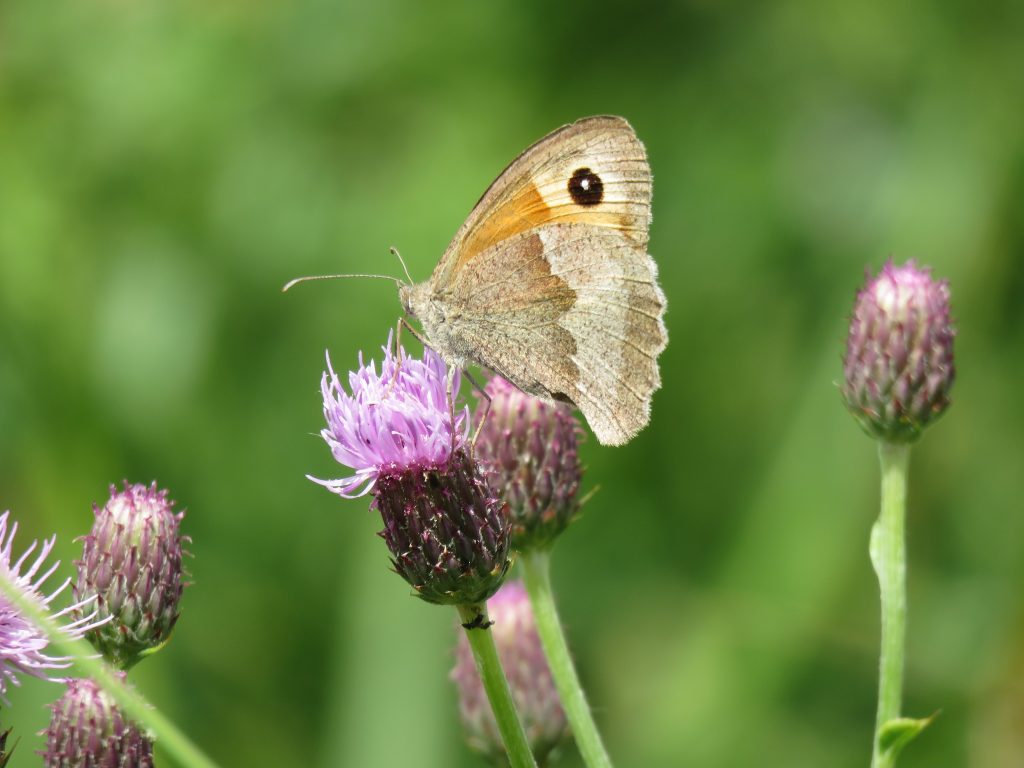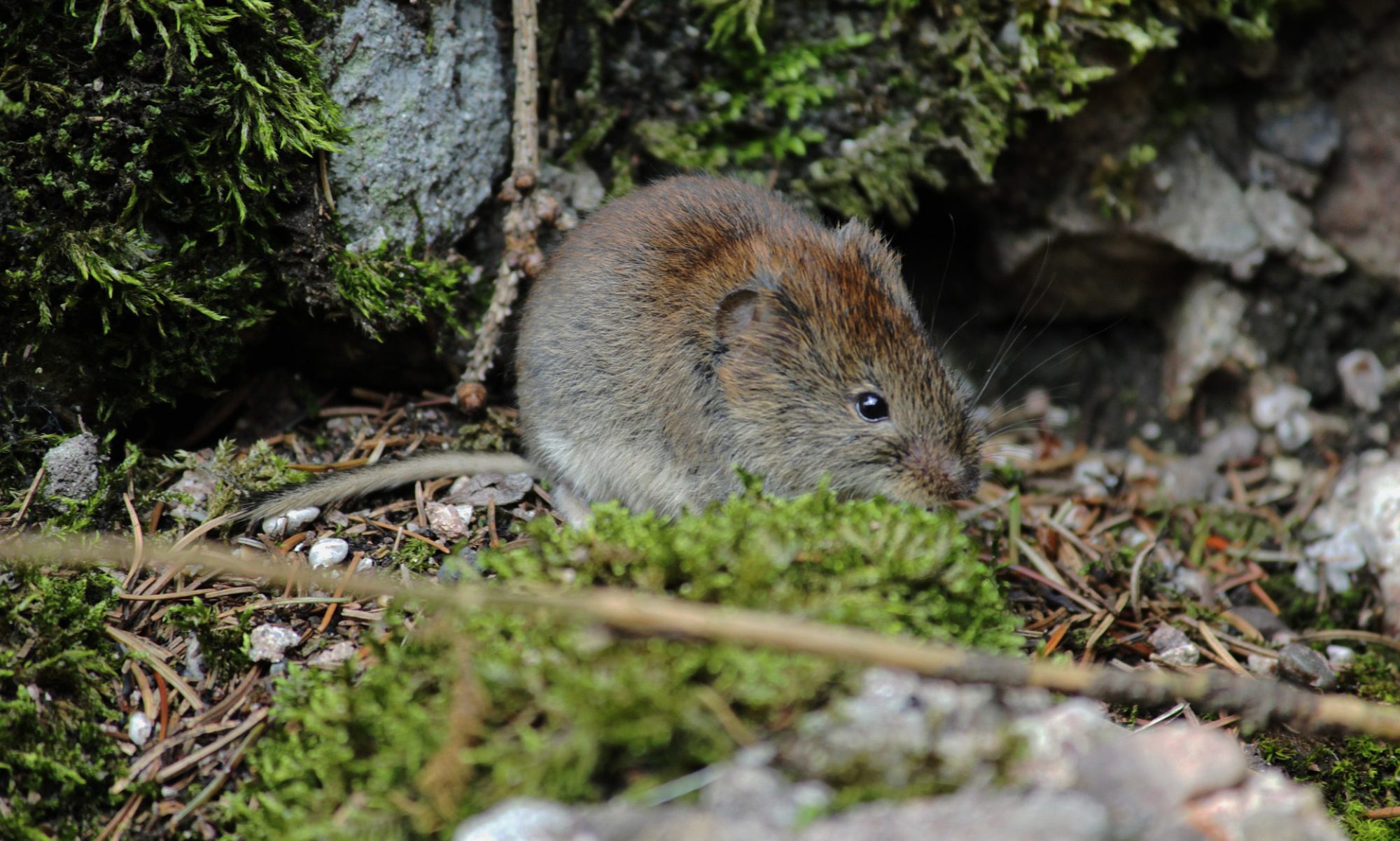We’ve all heard of the concept of ‘habitats’. But what are they?
Every plant, animal, or micro-organism has evolved to survive in a particular area. This ‘area’ is its habitat. We’ve got some examples below!

Red Squirrels have long tails for balance, and sharp claws for climbing. So, they match their habitat of coniferous woodland.

Butterflies are small, and have sensitive antennae. This allows them to navigate their complex world of flowers and bushes.

Otters have long, streamlined bodies to help them move through their riverine habitat, and have sharp teeth for catching fish!

Seals have flippers, which help them to swim through choppy seas! They also have a thick layer of fat- known as blubber- to keep them warm whilst they are in the water.
But wildlife is not just adapted to its surroundings; a habitat also includes the type of food available, the climate of that area, and what other plants and animals live there. This is because the things that live in an area are not just influenced by that place; wildlife also influences the habitats in which they live. Think of beavers creating dams, or rabbits creating all those burrows!
So, the habitats that you can see when you leave your house are a complicated consequence of the climate, the landscape, and the wildlife. This means that the habitats present in the world can be useful for humans. They are where we grow our food, get our medicines, build our houses, and lots more!
However, human activities can have massive implications for habitats. Think of what happens if we get rid of plants that animals eat, or what the consequences of adding more animals in could be. As humans, we like to change things. And we often make a mess of habitats because of this! To avoid damaging the natural world, we need to understand how habitats work, and what we should and should not do.

This is why we are giving you our Local Habitats Theme Week! A chance for you to learn about the natural world right outside your door! Look out this week for fun activities, educational crafts, explanatory information sheets, and loads more!

